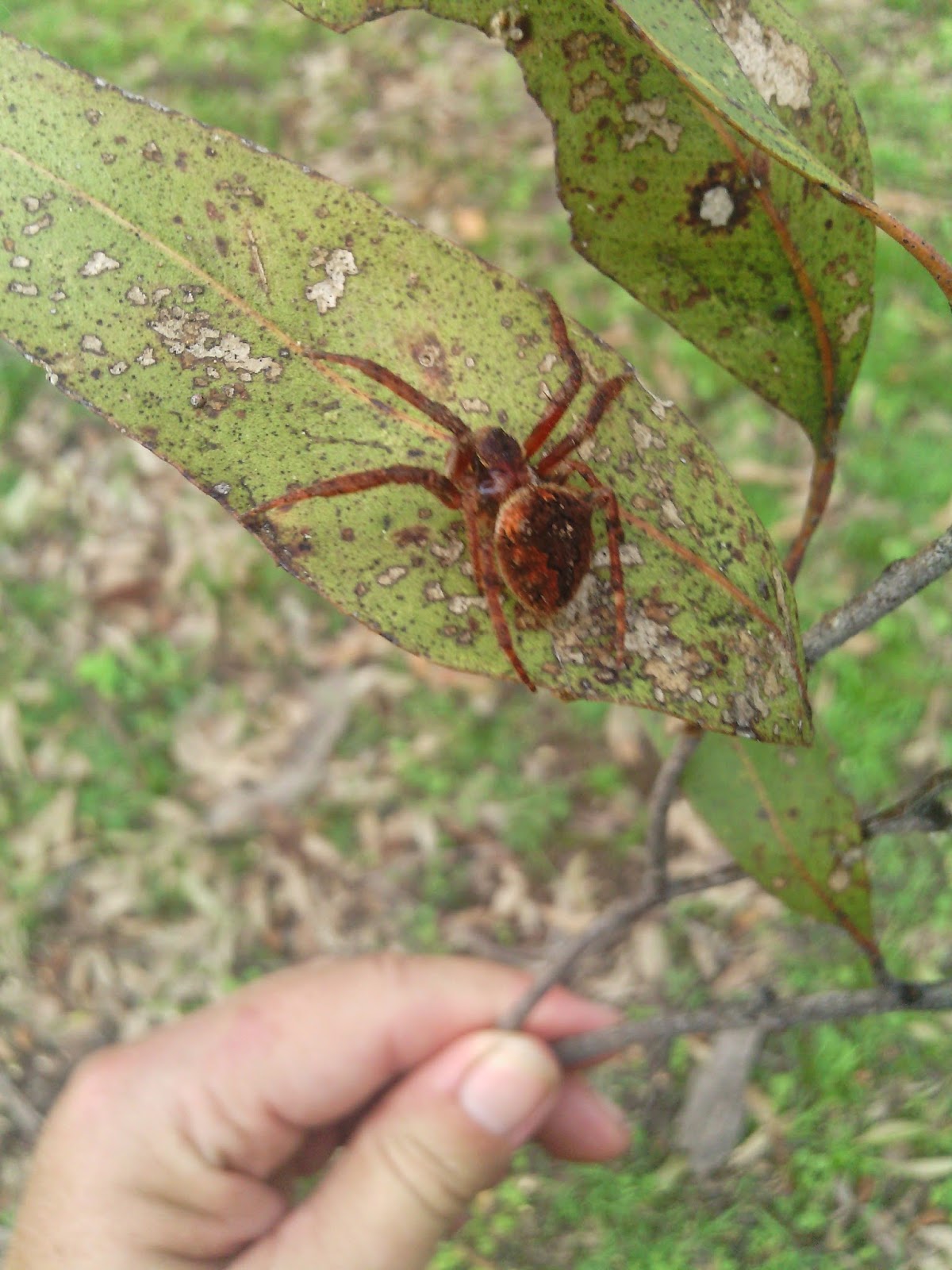I don't own a car, not having a licence it makes perfect sense. My partner has a car for work and he occasionally gives me a lift somewhere, but mostly I take the school bus or arrange a lift with friends. Over the years this has led to many comments;
"I thought you were an independent woman"
"But you don't have any freedom"
"How do you get anywhere, it must cost you a fortune"
"What will you do if something happens and you need a car?"
In answer to these comments I usually answer that I am independent and free as I go where I want or need to and don't require a car to do it. It costs me very little to take a bus and if I catch a lift I try to offer some fuel money (and a hearty thanks). I don't have the added cost of keeping another car for the odd times it might be handy, not that we could afford to have a second car anyway. If an emergency arises, I call someone for help, but if there were no other choice I would drive any nearby car to get help (don't drive doesn't mean can't drive).
My reasons for not driving are many, but the main one is that I am not a good driver, in fact I am a dangerous driver, In the past I have tried to learn to drive; my first experience involved a tractor, my father and an inconveniently placed building, after the convergence of these three things (and myself as driver) it was unilaterally agreed that I probably should stick to horse riding. As an adult I have driven into gate posts, scraped the side on trees and fallen over the edge of the road (which was a spectacular achievement as I was travelling at about 50 km per hour). I lack spatial awareness (
dyspraxia); the sense of knowing where your body is and what it is doing at any given time. I don't have severe dyspraxia; just a mild case of clumsy, but this lack of awareness makes it
hard for me to walk through doorways or beside people let alone drive a car. I am also easily distracted and likely to forget who is in charge of the car and become fascinated with things on the road side or the conversation going on in the car (although this does tend to cease as the car veers towards oncoming traffic). These things have led me to decide that the death toll on our local roads will be lower if I take the bus.
By not driving I am doing my part to reduce Australia's carbon footprint. In 2010
41.7 Mt of carbon were released in Australia due to road transport, mostly passenger cars; by not driving a car and minimising my travel I am helping to reduce the effects of climate change (in a very small way). It also frees up a lot of my 'brain space' for thinking about other things as I am not comparing my car to others, worrying about what that clunking noise is or searching for fuel money. I am happy to be car-less and fancy free. There will probably come a time when I need to have my own transport as the school bus doesn't run early enough for school teachers, when that time comes I will probably get a bike.





































